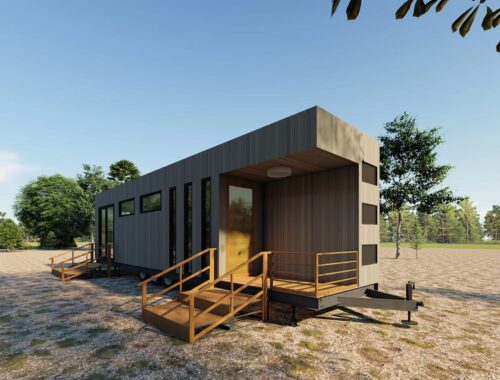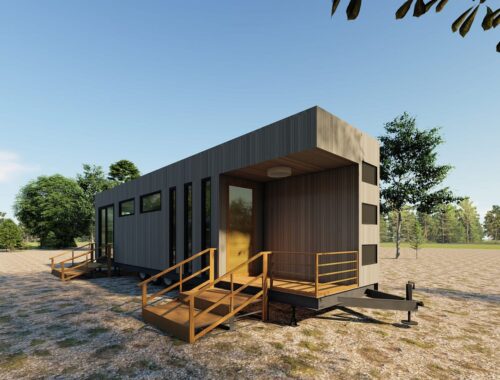Home Sales In Canada Driven By Newcomers, Survey Finds
MONTREAL ― Newcomers are behind a great deal of the demand for housing in Canada, and the country needs a strategy to build homes in a “smart and sustainable” way to keep up with population growth, says a new report.
The report from real estate brokerage Royal LePage found that more than one in five (21 per cent) of Canadian house purchases are made by those who came within the past 10 years ― immigrants, refugees, students and those with work permits.
Click Here: USA Rugby Shop
Not surprisingly, this cohort is much less likely to own a home than established Canadians, with a home ownership rate of 32 per cent, compared to around 68 per cent for the country as a whole. Even so, some 15 per cent of new arrivals to Canada have the means to purchase their first home, the Royal LePage survey found.
Watch: Cannabis production is creating real estate “mini-booms” across Canada. Story continues below.
All this demand “can be met through housing policies that encourage smart and sustainable development, with a focus on protecting and developing green spaces in our urban centres,” said Phil Soper, president and CEO of Royal LePage.
“Canada’s economy and labour markets are expanding and it is crucial that housing supply keeps pace.”
Signs are growing that this isn’t happening, particularly in Ontario, which takes in 46 per cent of all newcomers. A recent study from RBC Economics estimated that Greater Toronto needs to double the rate at which it builds new apartments (both condos and purpose-built rentals) just to keep up with demand.
Other research has suggested that Canadian cities may be underestimating how much housing they need because of an influx of international students that isn’t counted in the population statistics.
RELATED
- 52 Years In Vancouver, 1 In Calgary: The Inequality Of Saving For A Home
- Canada's Urbanites Are Beating Suburbanites In The Wealth Race
- Toronto, Vancouver Could Soon See 'Renewed Rapid House Price Gains'
Like many others in the industry, Soper thinks the proposals put forward by the Liberals and Conservatives to help first-time homebuyers miss the mark when it comes to improving affordability.
“They’ve focused on demand generation, and demand is not something we need in Canada,” Soper said.
But focusing on the supply of housing is politically harder because the payoff from increased home construction ― improved affordability ― only comes years down the road, Soper argues.
“It’s much easier for a politician who’s caught up in a 50-day election to focus on something with more immediate impact, like cutting a tax or implementing some kind of a break,” he told HuffPost Canada.
Sustainable development
Soper argues development “doesn’t have to be” bad for the environment.
“Housing can be developed in a sustainable way, the same way that transportation and commercial buildings can be developed in a sustainable way,” he said.
Many in Canada’s real estate industry today argue we can build cities without sprawl by densifying existing neighbourhoods. They want to see construction of the “missing middle” of housing supply, something in between high-rise towers and sprawling single-family homes, such as three- or four-story apartment buildings.
“A big part of sustainable housing relates to density. Our cities are much less dense than coastal American cities or cities in Europe that are much more advanced in utilizing infrastructure and accommodating people in attractive, livable ways without massive amounts of urban sprawl,” Soper said.
For its report, Royal LePage surveyed 1,500 new Canadians who came to the country in the past 10 years. The margin of error was +/-2.5 percentage points, 19 times out of 20.
You May Also Like

トレーラーハウスで叶える自由なライフスタイル
March 17, 2025
ユニットハウスのメリットとデメリットを徹底解説
March 21, 2025